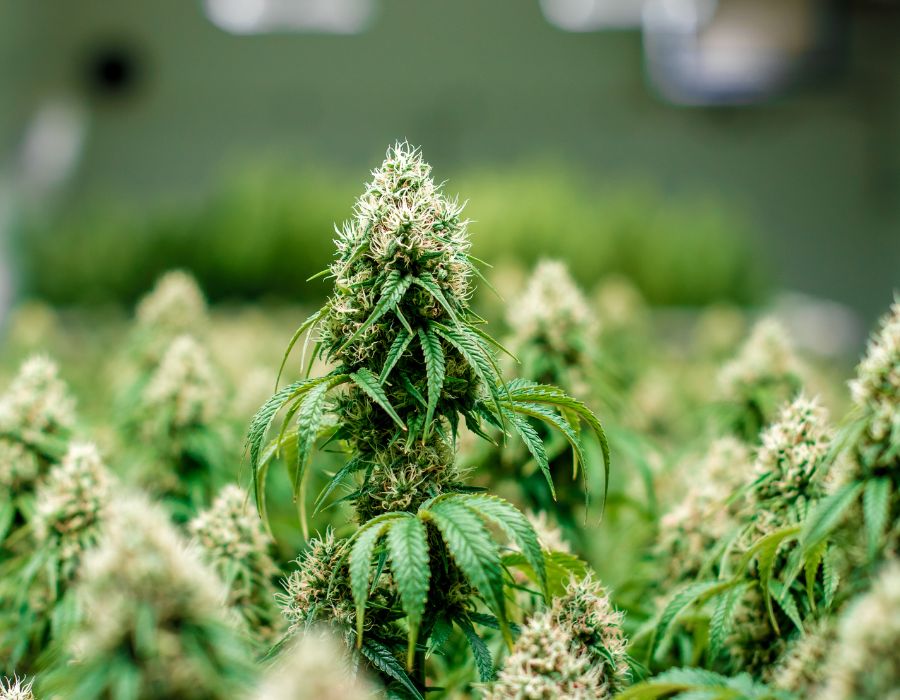When growing autoflowering cannabis plants, it is vital to consider every measurable condition inside your garden carefully. As with any cannabis plant, both yields and THC content will be affected by the environment provided for your plants.
Temperature, humidity, light schedule, and C02 saturation are some of the most crucial factors that create your garden’s climate.
Whether you’re growing traditional photoperiod seeds or a fast-growing auto-flowering cannabis strain, the best quality cannabis with the most THC and CBD, as well as trichome density will always come from well-moderated environments.
Indoor growers face different challenges from outdoor growers, making the necessary conditions for each kind of marijuana plant to vary considerably.
In this article, we will focus on the optimal environment for growing auto-flowering cannabis plants indoors.
What are Auto-flowering Cannabis Seeds?
Autoflower cannabis seeds are the less fussy, hardier varieties of cannabis that have been cultivated to allow anyone to grow high-quality marijuana in any kind of grow space.
Autoflower plants have a shorter germination period, meaning fewer hours of light, and therefore a shorter vegetative stage and an explosive flowering stage.
Lowryder is a popular brand of auto-flowering genetics available in a wide variety of strains. Sour Diesel, many varieties of skunk, high CBD and high THC strains, spanning from indica-dominant to full sativa strains.
These small plants produce plenty of trichomes, THC, and enough vegetative growth to produce a high yield without worrying about the growing season, or whether you live in colder climates.
What Makes Auto-flowers Unique?
Autoflower strains are crossed by breeding cannabis ruderalis plants (which are the wild-found strains indigenous to many continents), hardy plants long used by outdoor growers.
Autoflowering seeds are effectively miniature versions of their photoperiod strain cousins that flower more quickly and automatically enter their flowering phase without growers needing to change the light cycle or wait for the growing season to get late enough to provide sufficient hours of darkness.
Kush and other indicia-dominant auto-flowering plants will perform better outside than sativa-dominant strains since sativas naturally prefer warmer temperatures. Indica strains typically hail from cold climates with longer hours of darkness while ruderalis plants are indigenous to every continent except Antarctica.
These cannabis plants can be ready to harvest in 10 weeks or less following germination.
